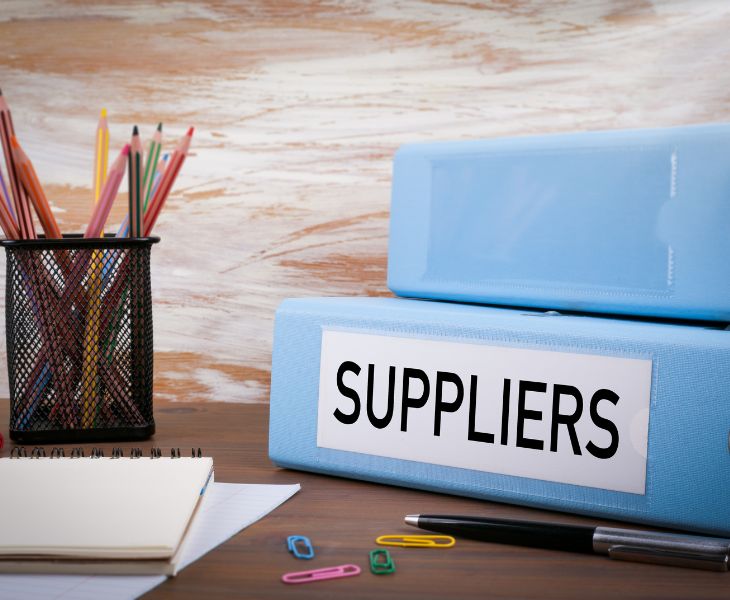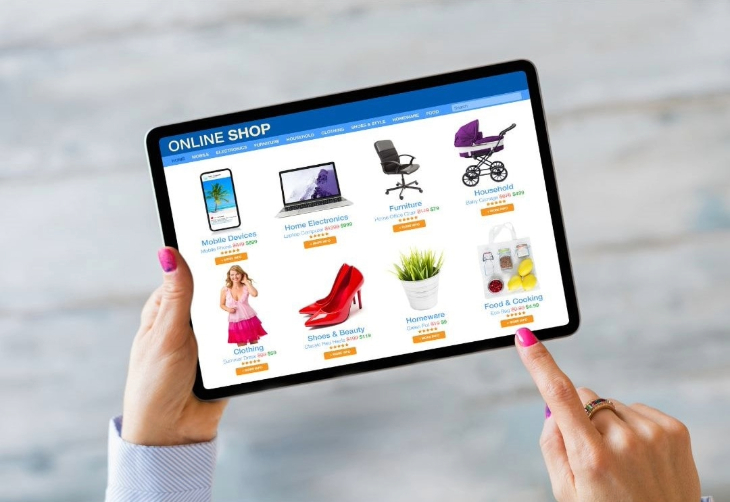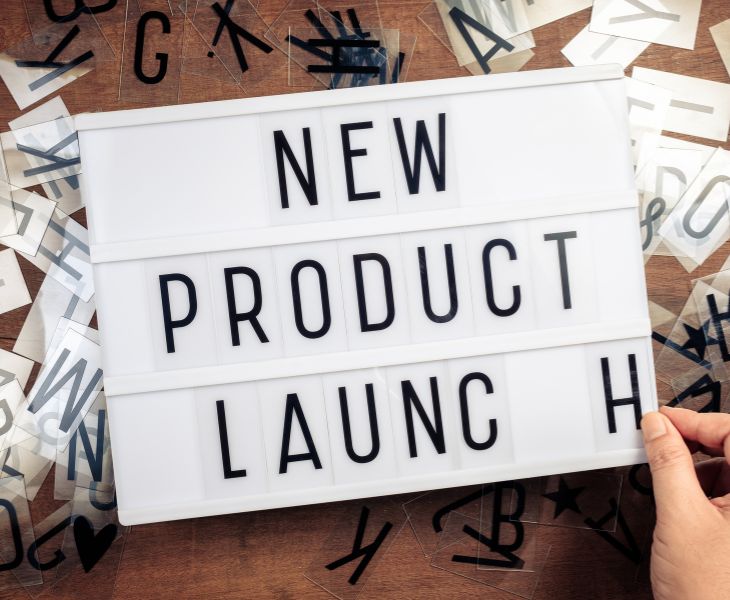Starting an online business involves a blend of creativity and resourcefulness. You need to have a clear product idea and find a reliable supplier to bring that idea to life. Once you've nailed down the product concept, the next critical step is sourcing it under your personal brand name. While it may seem intimidating, especially for new entrepreneurs, the process is more straightforward than you might think.
Thousands of suppliers worldwide are eager for your business, but finding the right one requires strategy and a bit of know-how. This blog will walk you through the process of getting your products manufactured under your brand name, offering tips and tricks along the way to ensure you make informed decisions.
-
Research and Identify Potential Suppliers
With the proliferation of the internet, finding suppliers for any product has never been easier. A simple Google search can open doors to manufacturers across the globe. Let's take “Water Bottle” as an example to illustrate the process. By searching “Water Bottle manufacturer,” you can start your hunt for potential suppliers.
To optimize your search, experiment with different keywords like “wholesaler,” “wholesale,” or “supplier.” Don't hesitate to dig deeper into the search results, exploring two or three pages to uncover opportunities that may not be immediately visible.
For more targeted results, refine your search further by using Google search operators. For instance, if you're seeing too many listings from IndiaMart, a popular B2B marketplace, you can exclude these by adding “-IndiaMart.com” to your search query. This trick helps filter out results from specific domains, allowing you to discover alternative suppliers.
-
Utilize B2B Platforms
B2B platforms like IndiaMart.com and Alibaba.com are treasure troves for sourcing products. These websites offer extensive directories of manufacturers and suppliers, making it easier for you to find exactly what you need.
IndiaMart.com is an excellent resource for sourcing products within India. Simply enter the product name—like “water bottle”—and you'll be presented with thousands of listings. Browse through the options, compare products, and contact suppliers directly to get quotes.
Alibaba.com is another powerful tool, particularly for sourcing products from overseas. It's user-friendly: just enter your desired product, and you'll see a vast array of options. You can then narrow your search using various filters such as country of manufacture, minimum order quantity, and more.
When using Alibaba.com, pay attention to a few key features:
- Trade Assurance: This feature protects your payments by holding funds until the supplier ships your order and you confirm receipt of the goods.
- Gold Supplier Badge: This badge indicates that the supplier has paid a significant fee to be part of the program, signaling their commitment and reliability. Always prioritize suppliers with this badge.
- Years of Membership: The number of years a supplier has been a Gold Supplier on Alibaba.com can give you insight into their credibility.
Once you've identified a product, reach out to the supplier by clicking the “Contact Supplier” button. You can inquire about price, minimum order quantity, lead time, and shipping costs. To streamline the process, use the “Recommended Matching Supplier” option, which sends your inquiry to similar suppliers if your initial choice doesn't respond within 24 hours. This way, you can gather multiple quotes and compare your options.
-
Evaluate Suppliers
As you communicate with various suppliers, it's essential to evaluate them based on several criteria:
- Communication: This is critical. A supplier's ability to communicate effectively can make or break your business relationship. Ensure they respond promptly and thoroughly to your inquiries. Clear and consistent communication will be vital as you move forward in the production process.
- Product Quality: Never skip the step of ordering samples. Once you receive samples from a few suppliers, evaluate them closely for quality. To ensure you're getting consistent quality, consider ordering another sample under a different name. This can help you identify any discrepancies in product quality that may not be apparent from just one sample.
- Price and Payment Terms: While price is important, don't let it be the sole factor in your decision. Also, consider the supplier's payment terms, especially if they require full payment upfront for the first order. Negotiating better terms for future orders can help manage your cash flow.
-
Negotiating with Suppliers
Negotiation is an art, and it's an essential part of securing a good deal. Start by gathering information from multiple suppliers regarding their prices, minimum order quantities (MOQ), and payment terms. Once you have this information, you can begin negotiating.
Remember, negotiation is not about pushing the other party to their limits. Instead, aim for a win-win situation where both you and the supplier feel satisfied with the agreement. For instance, if a supplier's MOQ is higher than what you're comfortable with, explain your situation and try to negotiate a lower quantity. Suppliers often have some flexibility, especially if they believe you have the potential for future orders.
-
Placing Your Order
After finalizing a supplier, the next step is placing your order. This step is crucial, as it involves a significant financial commitment. To minimize risks, follow these precautions:
- Verify Supplier Credentials: Ask for company licenses, quality certifications, and any other relevant documents. This not only confirms the supplier's legitimacy but also ensures that your products meet any regulatory requirements for importation.
- Payment Security: When making payments, avoid transferring funds to personal bank accounts. Use secure payment methods like PayPal or Escrow services. These platforms offer buyer protection, giving you peace of mind in case anything goes wrong.
- Inspection and Shipping: Before shipping, consider hiring a third-party inspection service to verify the quality of your products. This step can save you from costly mistakes and ensure that what you receive matches your expectations.
-
Building a Relationship with Your Supplier
Once your order is underway, it's time to focus on building a strong relationship with your supplier. A good relationship can lead to better pricing, faster lead times, and even priority treatment during peak seasons.
- Regular Communication: Keep in touch with your supplier throughout the production process. Regular updates can help you stay informed about the progress of your order and address any potential issues before they escalate.
- Feedback and Continuous Improvement: After receiving your first order, provide feedback to your supplier. If there are areas for improvement, communicate these constructively. Suppliers appreciate feedback that helps them improve their service, and this can lead to a more fruitful partnership in the long run.
-
Preparing for Your Product Launch
While your products are being manufactured, use this time to prepare for your product launch. Develop your branding, create marketing materials, and set up your online store. This period is also an excellent opportunity to build anticipation for your product through pre-launch marketing campaigns.
Consider creating a website or landing page where potential customers can sign up for updates. Utilize social media platforms to generate buzz and engage with your audience. The more prepared you are for your product launch, the smoother the transition from production to sales will be.
-
Launching Your Product and Beyond
When your products arrive, it's time to launch. Make sure everything is in place, from your online store to your marketing campaigns. If you've done your homework, this stage should be the exciting culmination of all your efforts.
However, the work doesn't stop here. Post-launch, focus on gathering customer feedback, managing inventory, and optimizing your sales strategies. Stay in touch with your supplier to plan for reorders and explore new product opportunities.
Conclusion
Launching a product under your personal brand name is a journey filled with challenges and rewards. By following these steps and maintaining a proactive approach, you can build a successful online business that stands out in a competitive marketplace. Remember, the key to success lies in thorough research, strategic partnerships, and a commitment to delivering quality products to your customers.










2 Responses
மிக அருமையான பதிவு, உபயோகமாக இருக்கும்
Hi sir please send recording vedio about this….